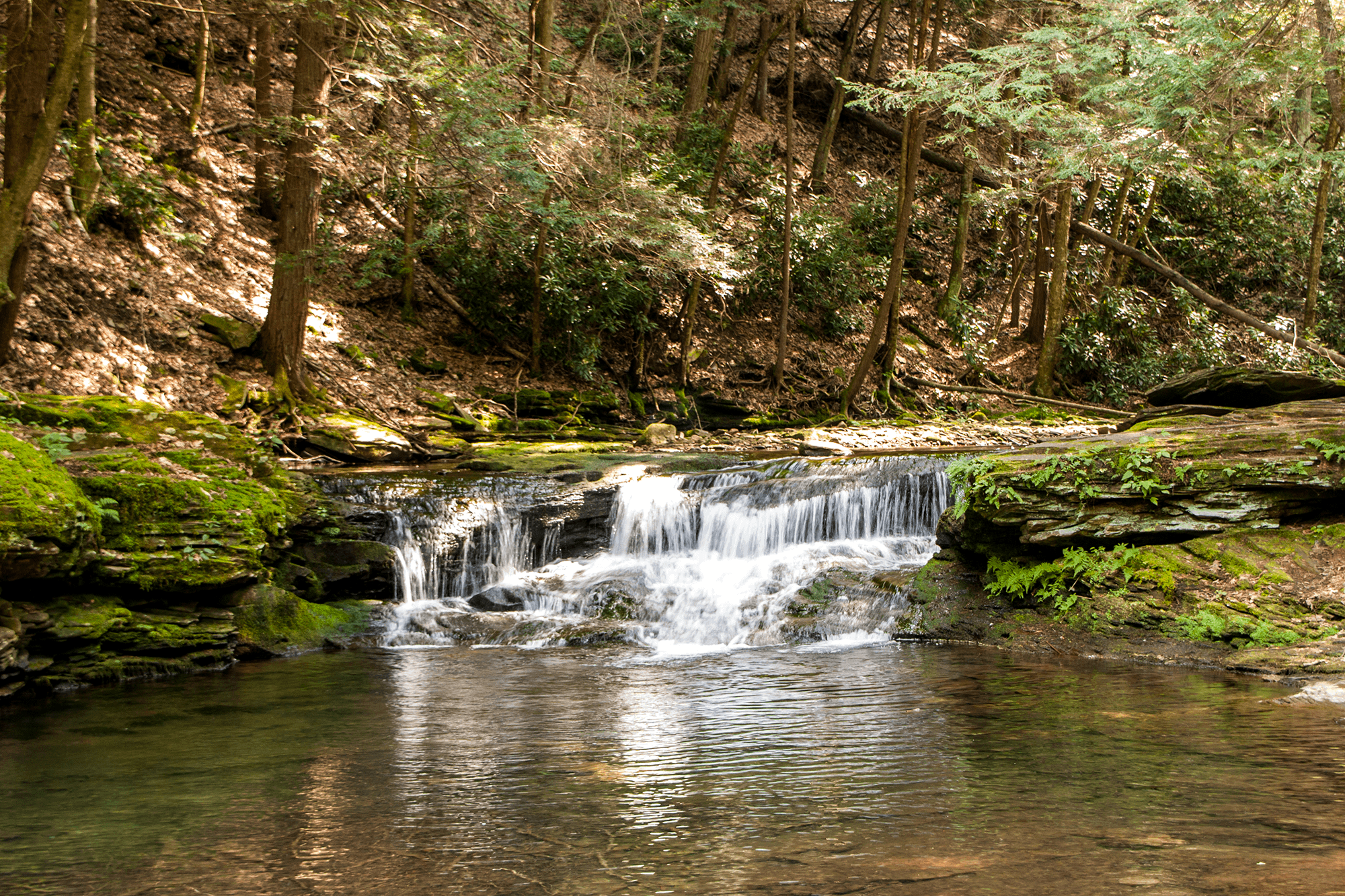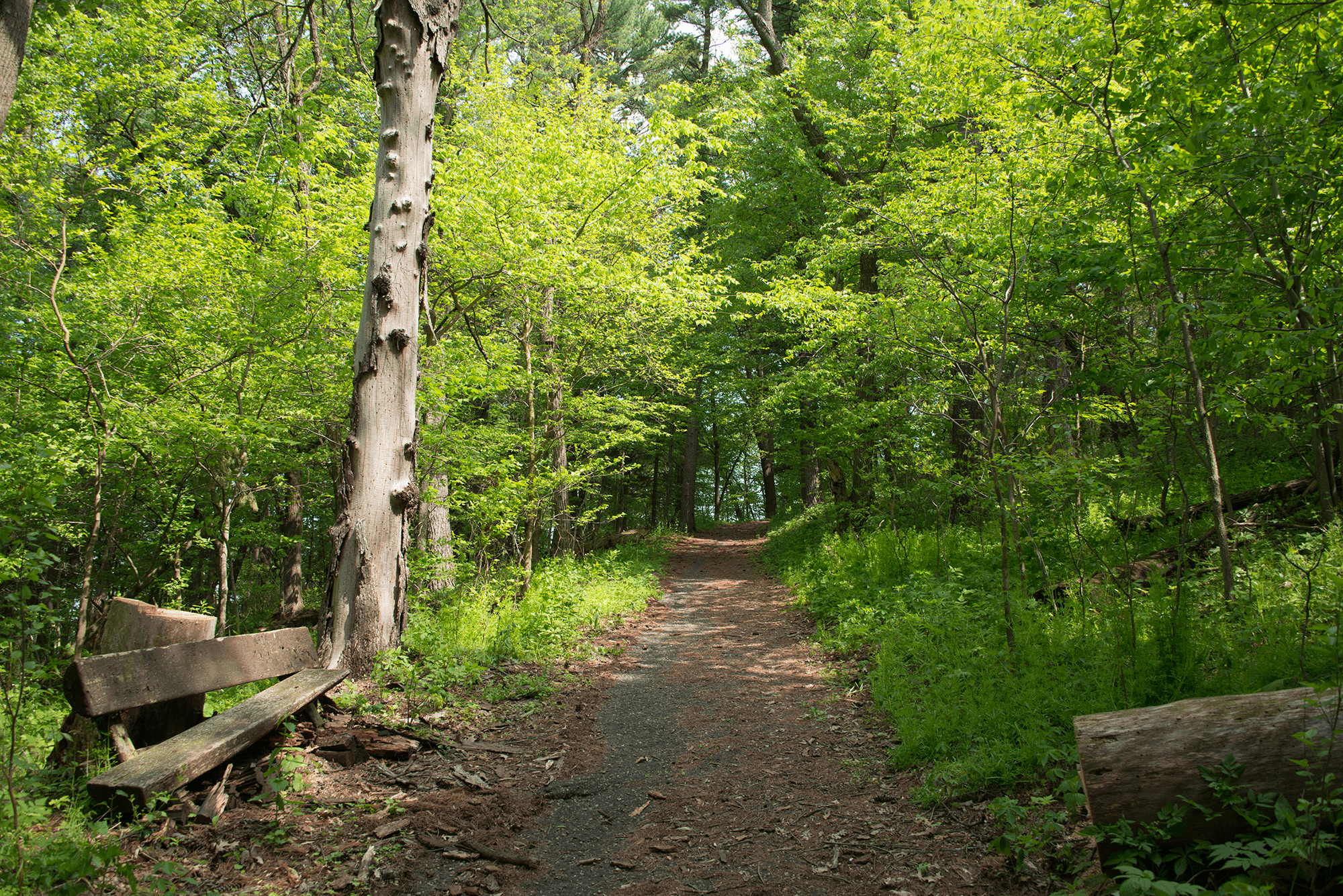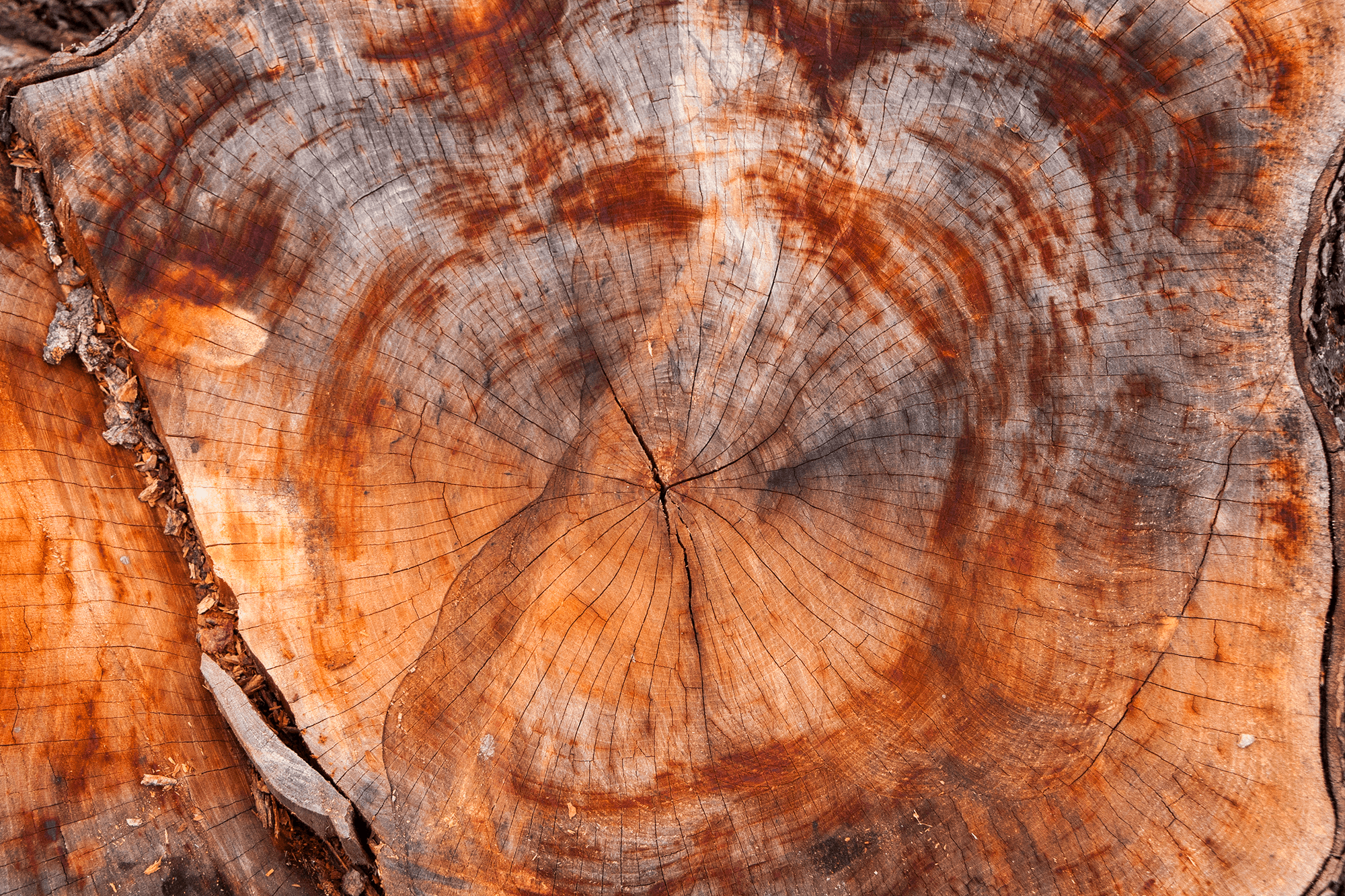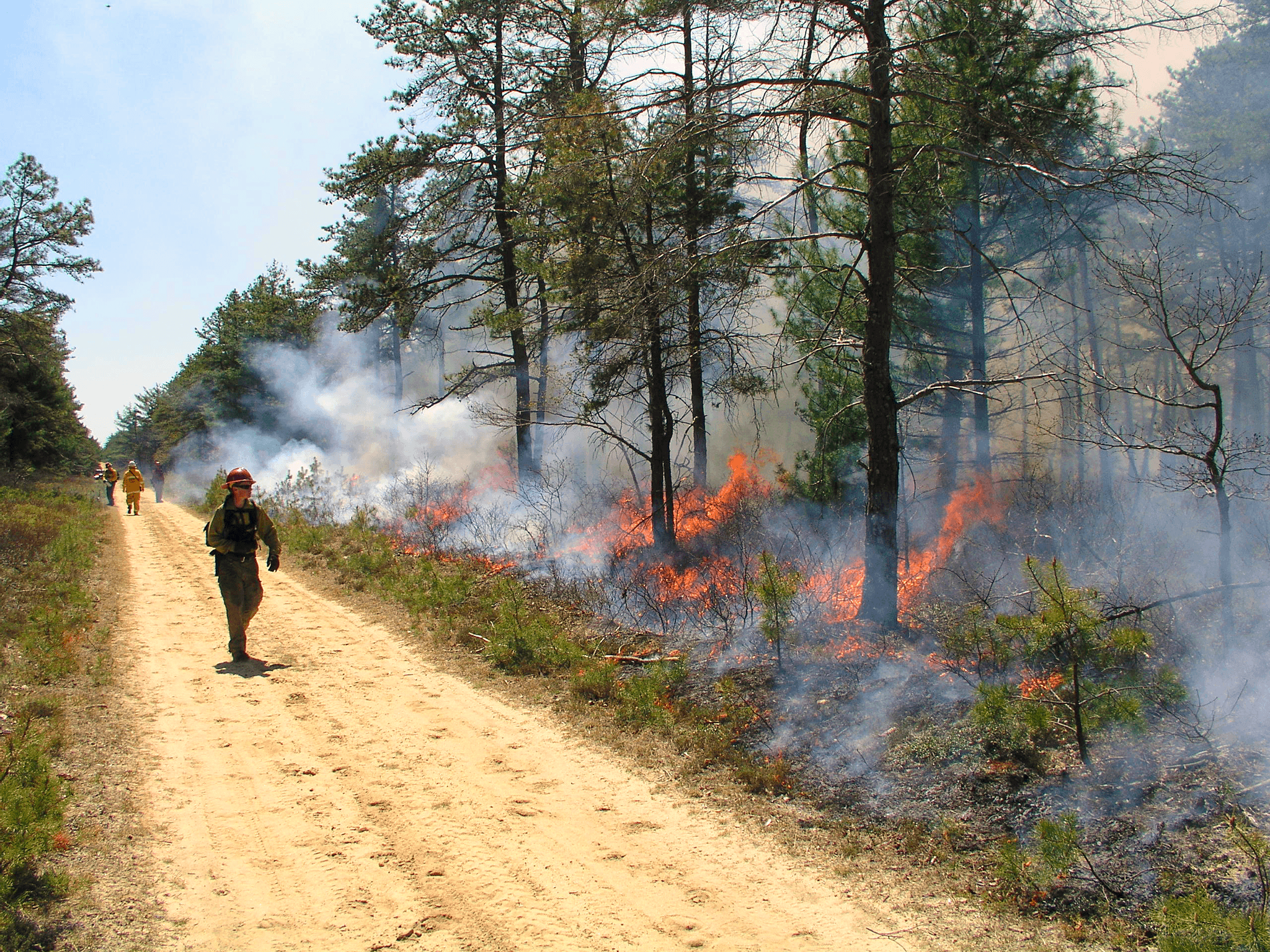America is growing. Between 1980 and 1990, the Northeastern and Midwestern U.S. population increased by 2.8 million; the following decade, it grew by 7.7 million more. Along with more people come more houses, more shopping malls, more roads, and more pressure to develop open space.
In recent years, the way we have grown has changed, too. Expansive lots and strip developments are favored over the dense neighborhoods and downtowns of years gone by. In other words, we’re sprawling across the landscape.
Development
Development is slicing, dicing, and nibbling away at forest lands. From 1982 to 1997, 8.2 million acres of open space in the Northeast and Midwest were lost to development. Of these, 3.7 million acres were once forested. Less forest means less of all the benefits forests provide.
As demand for land grows, land prices and taxes rise, prompting landowners to cash in their equity. The USDA Forest Service predicts that over the next 30 years, a dramatic increase in housing development is likely on more than 11 percent of private forests nationwide.
Parcelization
Along with loss of acreage, development is also causing parcelization of forest land. Parcelization occurs when large tracts of forest land are divided up and sold to multiple owners. The forest itself may not change when it is broken into smaller tracts, but sustaining that forest can become problematic. Parcelization makes it harder to manage across the landscape and for the long term. It can decrease feasibility and profitability of timber harvests and make it more difficult to get messages promoting good stewardship to all the landowners involved.
Fragmentation
In addition to being parcelized, forest land is also being fragmented— broken into pieces surrounded by altered or disturbed land, such as residential neighborhoods, roads, and shopping centers. Fragmentation reduces the overall amount of forest land. It also reduces the ecological value of what remains. Fragmented landscapes may not contain the optimal variety of food and shelter wildlife need to survive. Many experts believe that fragmentation is a primary cause of the loss of biodiversity in forested areas today.
Like parcelization, fragmentation can decrease the profitability and feasibility of timber production due to higher per-acre costs of managing smaller tracts of land
Changing Land Ownership Patterns
Almost three quarters of the forest land in the Northeast and Midwest was held by family forest owners in 2003.
Selling Lands. For generations, forest products companies have owned and managed forest land. In recent years, due to changes in tax laws and the world of finance, these companies have sold large amounts of land to institutional investors such as banks, pension funds, and insurance companies and to groups known as timber investment management organizations.
Institutional investors hold 8 percent of forest land suitable for investment nationwide. A key question is whether the fiduciary responsibilities of these organizations will conflict with forest sustainability goals over the long term.
More Owners. In the Northeast and Midwest in 1993, 3.7 million family land-owners owned 93.4 million acres of forest. Ten years later, 4.8 million family landowners held 93.9 million acres of forest.
Almost three quarters of the forest land in the northeast was held by family forest owners in 2003.
Selling Lands. For generations, forest products companies have owned and managed forest land. In recent years, due to changes in tax laws and the world of finance, these companies have sold large amounts of land to institutional investors such as banks, pension funds, and insurance companies and to groups known as timber investment management organizations.
Institutional investors hold 8 percent of forest land suitable for investment nationwide. A key question is whether the fiduciary responsibilities of these organizations will conflict with forest sustainability goals over the long term.
More Owners. In the northeast in 1993, 3.7 million family land-owners owned 93.4 million acres of forest. Ten years later, 4.8 million family landowners held 93.9 million acres of forest.
Protecting the Legacy. To help stem the loss of forest, land trust organizations protect land from development through legal arrangements. A 1998 directory lists 831 land trusts in the northeast, protecting 1.7 million acres of forest and other land.
Sources:
A Snapshot of the Northeastern Forests, USDA Forest Service, Northeastern Area State & Private Forestry, NA-IN-01-06, October 2005
